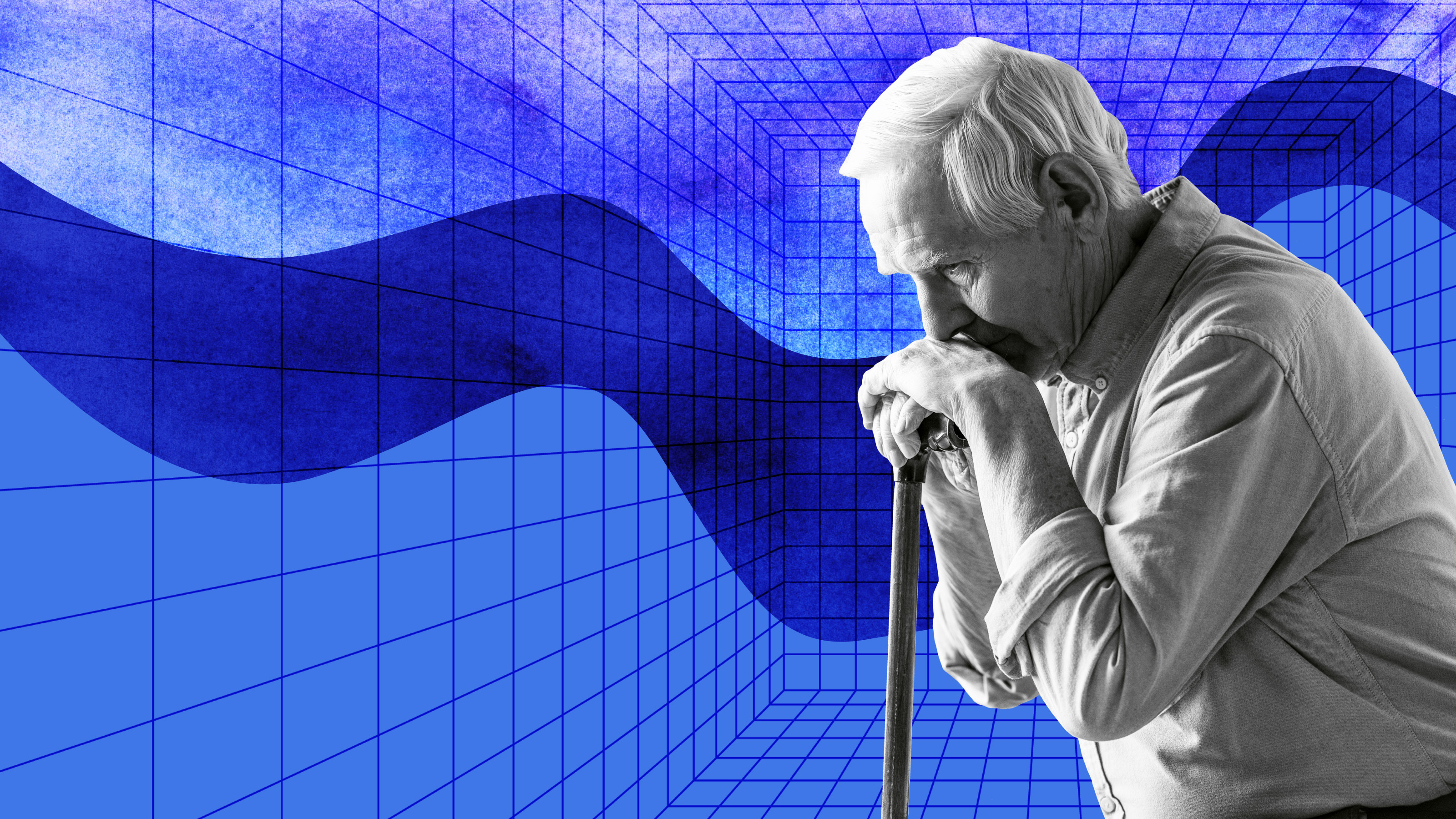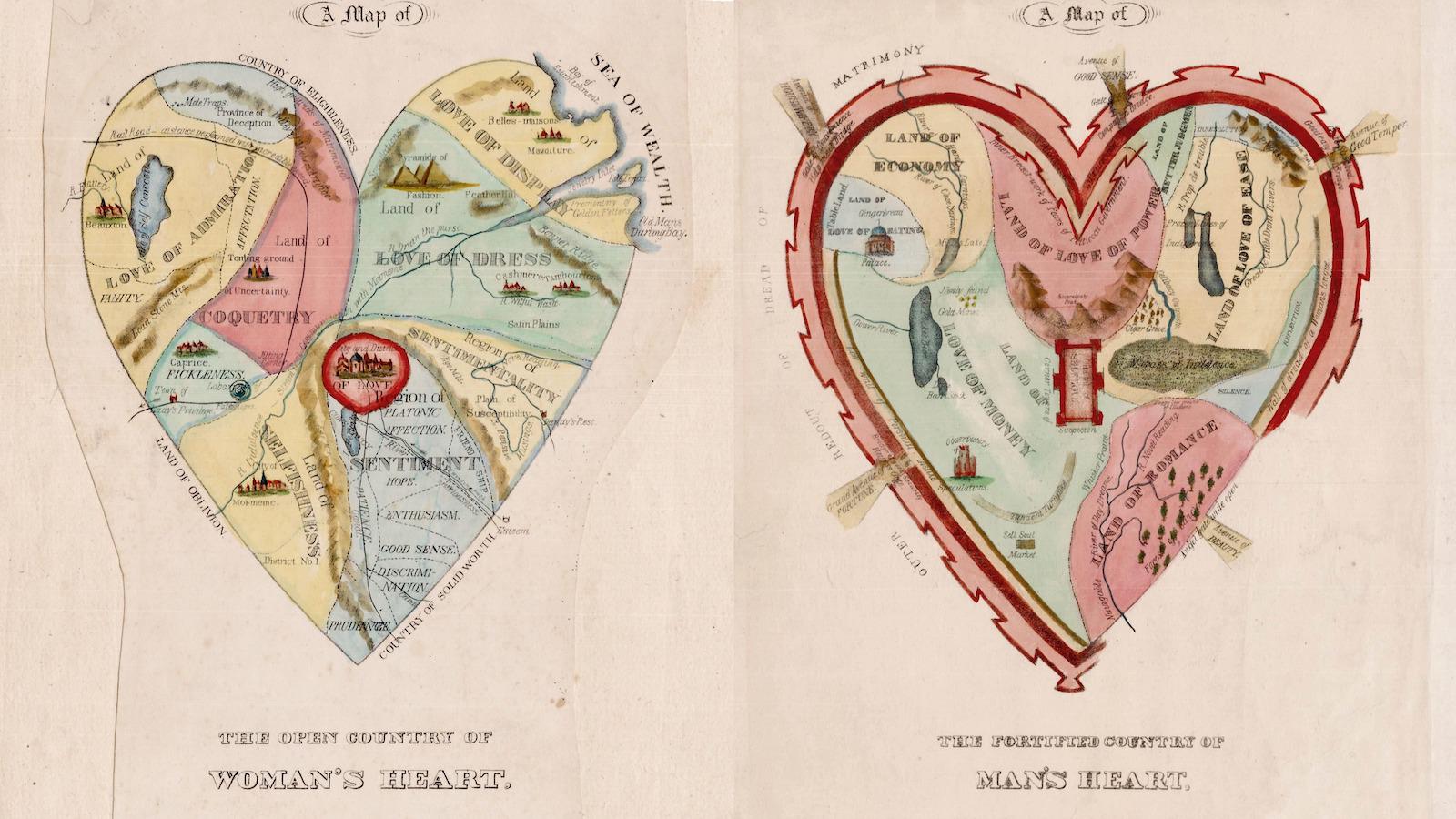“The smallest indivisible human unit is two people, not one,” wrote Pulitzer Prize-winner Tony Kushner, and Professor Eshkol Rafaeli and his team at the Affect and Relationships Lab at Bar-Ilan University have taken that to heart. Funded by the Hope & Optimism initiative, they have been investigating how hope functions in a couple—or a ‘dyad’, the most romantic term of all—especially as a dyad becomes a triad. Their research focuses on the emotional and mental health of couples having their first child, as it’s a major life transition. So does hope fluctuate? Is it contagious? Must both be hopeful, or is one optimist enough to carry everyone through? Here, Rafaeli discusses his team’s findings, and future work. This video was filmed as part of the Los Angeles Hope Festival, a collaboration between Big Think and Hope & Optimism.
Eshkol Rafaeli: My name is Eshkol Rafaeli. I’m a psychologist and a relationship researcher from Bar-Ilan University in Israel, and I’ve been involved with the Hope and Optimism Initiative for the past couple of years as one of the grantees on the social science side. This initiative funded a research project that we are nearing the completion of now. It’s a study looking at couples in the transition to parenthood, couples who are expected their first child who we follow for a period of time, starting in the third trimester of pregnancy all the way through at this point six months postpartum. We’re actually hoping to continue this work and be able to follow them through one year and then two years after the child is born. We do this work both because we’re really interested in this population of couples in this juncture of time. It is so full of expectations but also fears and dreads. So we’re interested in the population and we’re also interested in this quality of hope and trying to see—through use of this population—to see something about the nature of hope. To try to understand something about, what hope is at the level of not just one individual but in this case a couple or family, an emerging family.
We have three premises that guide our work. Two of them are already underway and the third one is more of a future direction that we’re hoping to pursue. The two that are underway are looking at hope as more than just a stable quality, an individual characteristic that differentiates one person from another or maybe one couple from another, instead recognizing that hope has this fluctuating component to it—that it could change over time, that there are ways in which the stability or instability in it beyond just a set level could be really interesting and important. So this dynamic quality of hope is one thing we’re looking at. And we do that by having these partners, these couples, tell us about their hope, expectation, and optimism repeatedly. We do this both in the long range of things, so following them from prepartum through postpartum over the course of these basically nine months from the third trimester through six months after birth, but also for a period of time around three months after they give birth we have them complete daily diaries for a period of three weeks where we look at fluctuations on a daily basis. We ask them to report their own feelings and to impute feelings about their partner so that we’ll be able to see how these things change from moment to moment. So that’s one premise or one idea that we have in our work.
A second idea that I alluded to earlier is the idea that hope is more than just an individual characteristic, that there’s something about it that could be interesting to explore or to understand at the level of a system, a dyad in this case— a pair of people. We’re curious whether hope is contagious. For that you need these two people’s reports of their own hopes to see whether one person’s hope affects the other over time. We were wondering whether it’s compensatory, whether the presence of hope for one could carry them through difficult periods like the sleepless days that come after birth or the prepartum period where there’s often a lot of anxiety about what this will be like, what parenting will become like. Is it enough for one person to have hope for both partners or do we really need it to be high for both? Those are two premises that we have the data for, at least in part. We’re still waiting for the last of those couples in our sample to complete the three month and six month postpartum, but thankfully all the people that we recruited in this study have, by now, given birth to healthy babies which was a relief. And we’ve been starting to look at the data mostly from the prepartum phase at this point.—so the data before the child was born. And we saw some interesting things already. One of them is that it seemed that it’s the expectant mother's hope much more so than the expectant father's that seems to have effects both for these expectant mothers themselves—their sense of relationship satisfaction, their sense of wellbeing in the world was tied to their own hope—but so were their partners'.
So the women’s hope seems to have both a direct effect on their own feelings, wellbeing, satisfaction, and on their partners. And we didn’t find the counterpart effect from the men’s hope. In other words there’s something about this period, maybe—we’ll have to see whether it’s just this period—that gives extra weight to hope on these expectant mothers more than the expectant fathers' side. One of the things we want to explore is whether this will shift, maybe even flip over or at least balance itself out postpartum. We think it might. We think that there’s something about the kind of experience that expectant mothers have that just by the sheer fact that they are the one carrying the baby that makes them much more connected to thinking about what parenthood will be like, thinking about the baby, and that the fathers, is in a sense, may not be quite getting it until after childbirth happens, after they become parents. So we’re expecting that something will change with this postpartum and maybe that the greater exhaustion that new mothers seem to have may wash out this effect of hope. Maybe there won’t be much hope—we do see some drops in hope postpartum from what they’ve peaked at but really it’s too early to tell whether it’s really a serious drop or just a minor drop in hope levels.
Okay, so these two premises that we’ve been exploring in data are that hope fluctuates, that it’s dynamic, and that hope is a quality of the couple, that it’s dyadic. We have a third premise, but that’s one that we’re going to be exploring in our next project, we’re really interested to see whether hope is malleable. Whether we can change it. And to do that we’re planning a study that applies some research on mental imagery; hope has a strong imagery component as many of the other speakers at this festival have talked about. There’s a daydreaming component. There’s an imaginal component to hope and we are emphasizing this imaginal component in this next piece of our work. We want to see whether we can train people, in this case couples, to imagine their desired outcomes, these things that they hope for, in a more or less effective way. We’re going to be doing this as a randomized study where some of the couples receive this seemingly logical intervention of like, 'Let’s imagine the future and let’s think about these positive outcomes that will happen,' which on the face of it sounds like it would be a way to increase hope. But in reality it’s going to be—or we think is going to be—less effective than a different kind of intervention where we have them imagine these desired outcomes but we also have them imagine the obstacles and the way to get around these obstacles to get to these outcomes.
Work from motivational psychologists and health psychologists has shown that this sort of process—it’s often called mental contrasting—where you think about what you want, you really imagine it, but you also think about what’s going to block your progress towards that desired goal leads to more effective hope. Leads to more effective accomplishment of these things that people want for themselves. We want to see whether this happens here. We want to see whether doing this in the context of a relationship where we’ll have one of, probably one of my graduate students, Ph.D. students in psychology, delivering this but in the presence of the partner as well. So we’re going to have both partners in the room and we’ll switch and do a similar kind of intervention with both of them in mind. Whether this kind of work can actually increase hope in a sustainable way and lead them to accomplish or fulfill the expectations that they have for what it will be like to be parents and for what it will be like to be a couple after the child has arrived in a more effective way.





